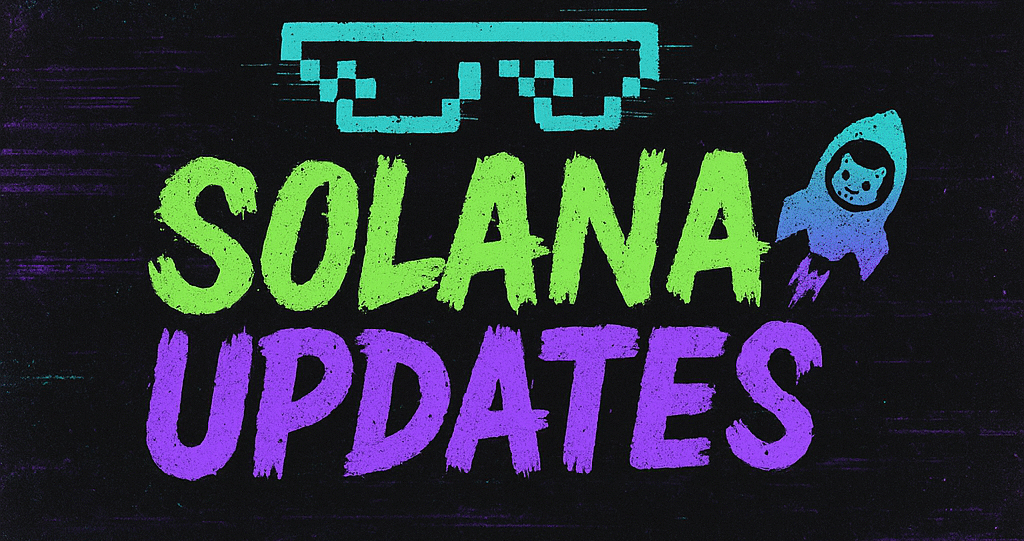Wrench Attacks Drive Crypto Investors to Centralized Custodians
In a digital age where security is paramount, the crypto world is facing an unexpected threat: wrench attacks. This term, coined to describe physical coercion or threats of violence to extract cryptocurrency keys from their holders, has been on the rise. As a result, many crypto investors and executives are reconsidering their stance on centralized custodianship.
Historically, the ethos of cryptocurrency revolved around decentralization, personal control, and the elimination of intermediaries. However, recent events have prompted a shift in sentiment. As more high-profile figures in the crypto industry fall victim to these aggressive tactics, the community is forced to reevaluate the risks associated with self-custody.
The Rise of Wrench Attacks
Wrench attacks are not a new phenomenon, but their frequency has increased alarmingly in recent years. These attacks typically involve perpetrators physically confronting crypto holders to forcefully obtain access to their digital assets, often using tools like wrenches—hence the name. The anonymity and irreversibility of cryptocurrency transactions make victims particularly vulnerable, as funds can be moved quickly and without a trace.
In 2025 alone, there have been several high-profile incidents involving crypto executives who were targeted in their homes and offices. These attacks are not only financially devastating but also pose significant personal safety risks. The psychological impact on victims and their families cannot be underestimated, leading many to reevaluate their approach to crypto storage.
Centralized Custodians: A Safer Alternative?
In light of these threats, centralized custodians have emerged as a potential solution for those seeking enhanced security. Companies like Coinbase Custody and BitGo offer institutional-grade security, including insurance against theft and physical security measures that are hard for individuals to replicate. These services provide peace of mind at the cost of relinquishing control over one’s private keys.
The decision to use a centralized custodian is not without its critics. Some argue that it contradicts the foundational principles of blockchain technology and decentralization. However, for many, the trade-off is worthwhile if it means protecting themselves and their loved ones from physical harm.
Implications for the Crypto Industry
The shift towards centralized custody solutions could have profound implications for the crypto industry. Increased reliance on third-party custodians may lead to more regulatory oversight, as these entities often operate under stringent compliance requirements. This could, in turn, enhance the legitimacy of cryptocurrencies in the eyes of traditional financial markets and regulatory bodies.
Moreover, the trend may drive innovation in security technologies. Companies are likely to invest in developing new solutions that can provide the best of both worlds: the security of centralized systems with the autonomy of decentralization. Multi-signature wallets, enhanced biometric security, and decentralized insurance are just a few areas ripe for development.
Conclusion
As the crypto landscape evolves, so too must the strategies for safeguarding assets. Wrench attacks serve as a stark reminder of the vulnerabilities inherent in self-custody. While centralized custodians may offer a temporary reprieve, the crypto community must continue to strive for innovative solutions that uphold the principles of decentralization while ensuring personal safety and financial security.
🛒 Recommended Product: Check out top-rated crypto gear on Amazon


